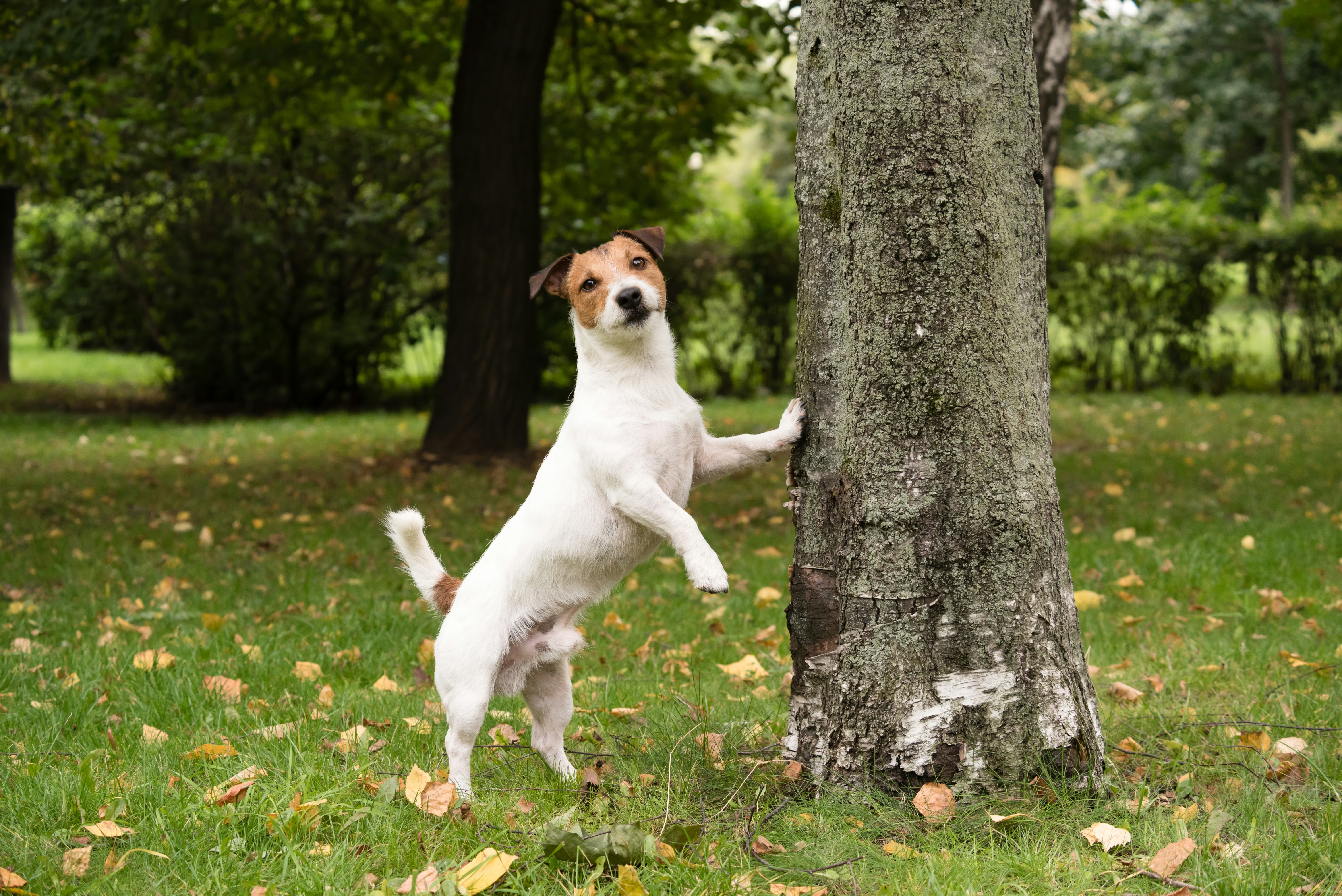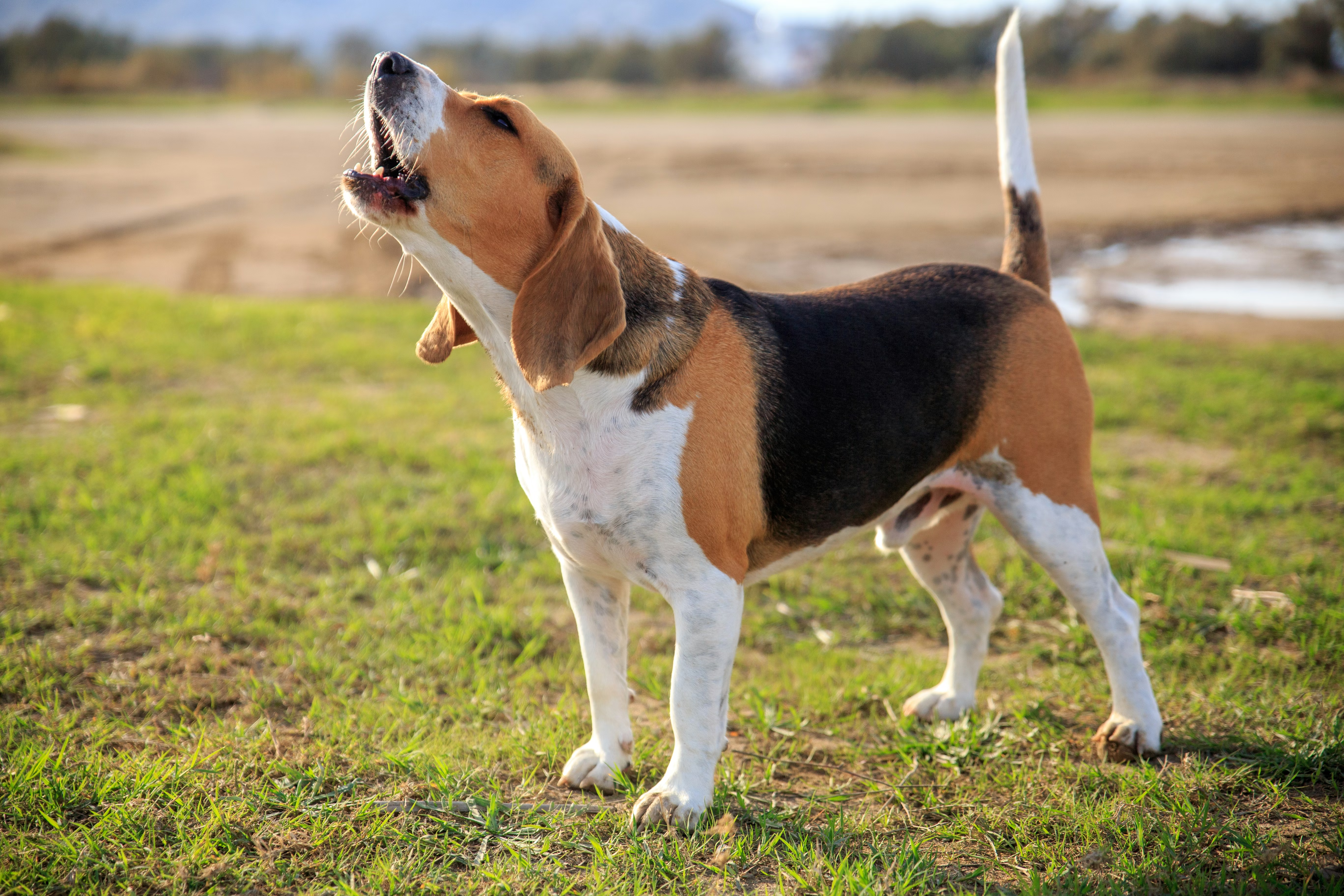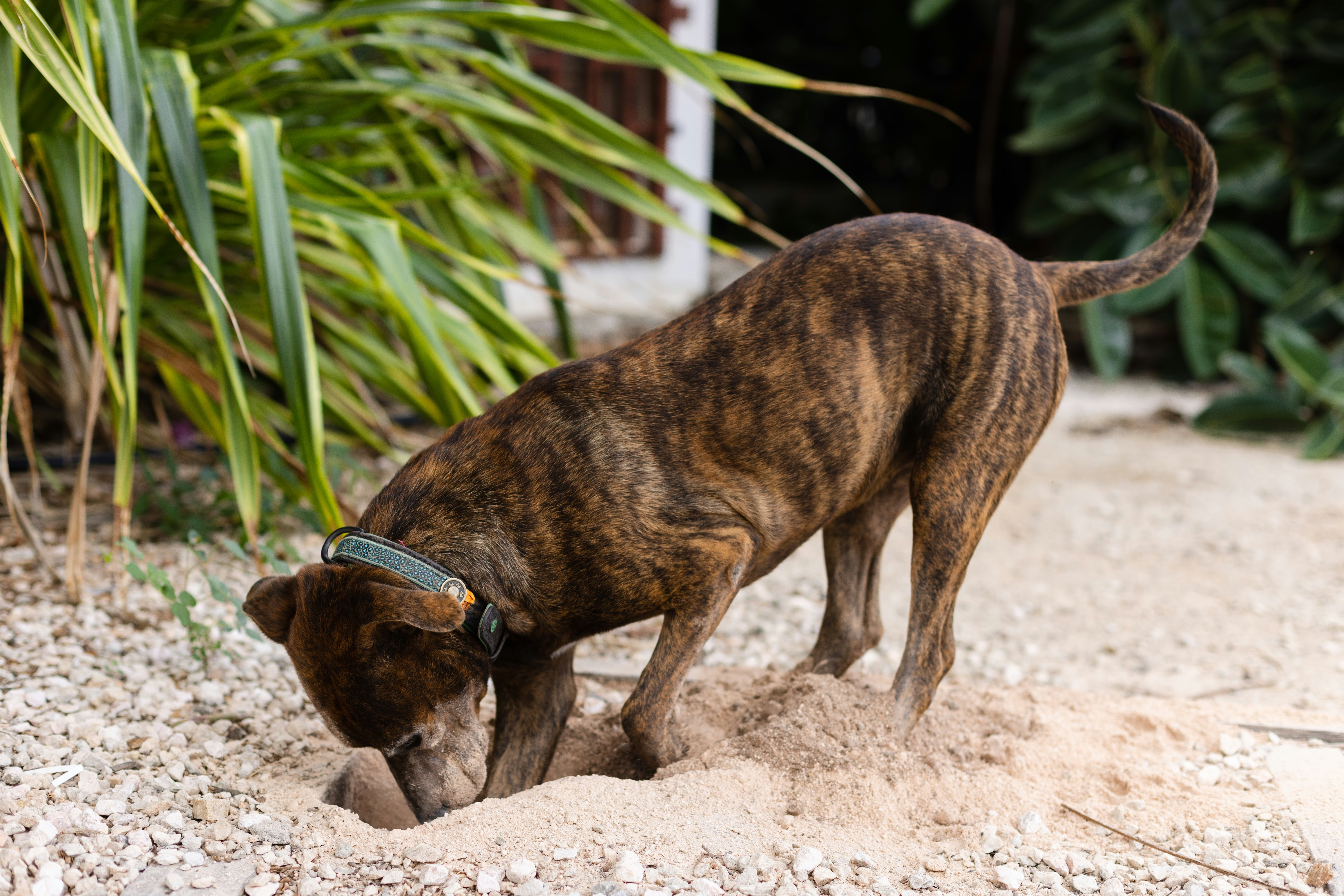When it comes to dog breed qualities, such as temperament or energy level, numerous myths and misconceptions persist. But just because you may have heard statements like, "I heard that breed doesn’t like kids" or "That breed is too hyper," doesn’t mean they are true.
Often, well-intended people pass along info based on limited experience or assumptions. Why does this matter? Because inaccurate information about a dog breed can create unrealistic expectations for pet parents or even prevent them from getting a dog that could be a perfect fit for their family.
So today, explore some of the most persistent myths about popular dog breeds and types—and uncover the truth behind the stereotypes.

Dog myths (and what their true story really is)
Small dogs are always yappy or mean
Toy breeds like Chihuahuas and Pomeranians often get labeled as reactive, "yappy," or prone to biting. But these behaviors can be heavily influenced by environment and handling, not just size. Small dogs are frequently under-socialized or carried instead of walked, which can leave them feeling anxious and overprotective. Additionally, small dogs may feel threatened by exuberant kids who are playing nearby. After all, even a child can look big and scary to a tiny dog. However, Chihuahuas and Pomeranians with a sturdier build may be more willing to play with kids without getting hurt.
The truth is, with proper training, socialization, and appropriate measures to ensure their safety, small breeds can be calm, confident, and well-behaved. They’re just as capable of learning commands, walking nicely on a leash, and being respectful companions as bigger dogs.
Bulldogs are lazy and can’t exercise
English and French Bulldogs are more likely to have problems related to a very short snout, but many Bulldogs can exercise normally. A lot of their capacity for exercise has to do with their ability to breathe normally, and Bulldogs are especially prone to a condition called BOAS, or brachycephalic obstructive airway syndrome. A giveaway of this condition is if your Bulldog breathes noisily at rest or after mild activity. If you’re not sure, speak to your veterinarian about it, or better yet, have your Bulldog officially evaluated by a certified veterinarian using the Respiratory Function Grading Scheme (RFGS). There are surgeries to help correct some of the problems associated with BOAS, such as narrow nostrils or elongated soft palate. Your dog will thank you, and have a lot more energy to exercise and play!
Dachshunds are couch potatoes
Dachshunds may have short legs, but that doesn’t mean they can’t handle activity. This breed was originally bred to hunt badgers, a physically demanding job requiring courage and stamina. Many Dachshunds still retain these hunting skills and enjoy digging, chasing, and exploring.
Meeting a Dachshund’s exercise requirements takes more than a stroll around the block. Puzzle toys, scent games, and play sessions help keep their active minds and bodies engaged. Without enrichment, they may resort to unwanted behaviors like barking or chewing. Just keep in mind that most Dachshunds have a variant called CDDY that puts them at risk for intervertebral disc disease, so their long bodies aren’t suited for all activities. However, healthy muscling helps protect their back’s health. High impact activities like jumping or flyball can put strain on the backs of these uniquely shaped dogs, but swimming and walking help promote good posture to support their backs.
Border Collies and Australian Shepherds are "too smart" for families
Yes, they’re intelligent. Yes, they need structure and stimulation. But that doesn’t make Border Collies or Australian Shepherds unsuitable for family life.
In fact, these herding breeds often excel when given a purpose, like daily training, fetch, agility sports, or even learning household routines. When selecting a dog breed, it’s important to do thorough research. Border Collies and Aussies need an environment with plenty of enrichment and exercise. But for the right family, their intelligence and responsiveness are a gift, not a burden. The myth that they’re "too much dog" may discourage people who could thrive with one of these loyal companions.
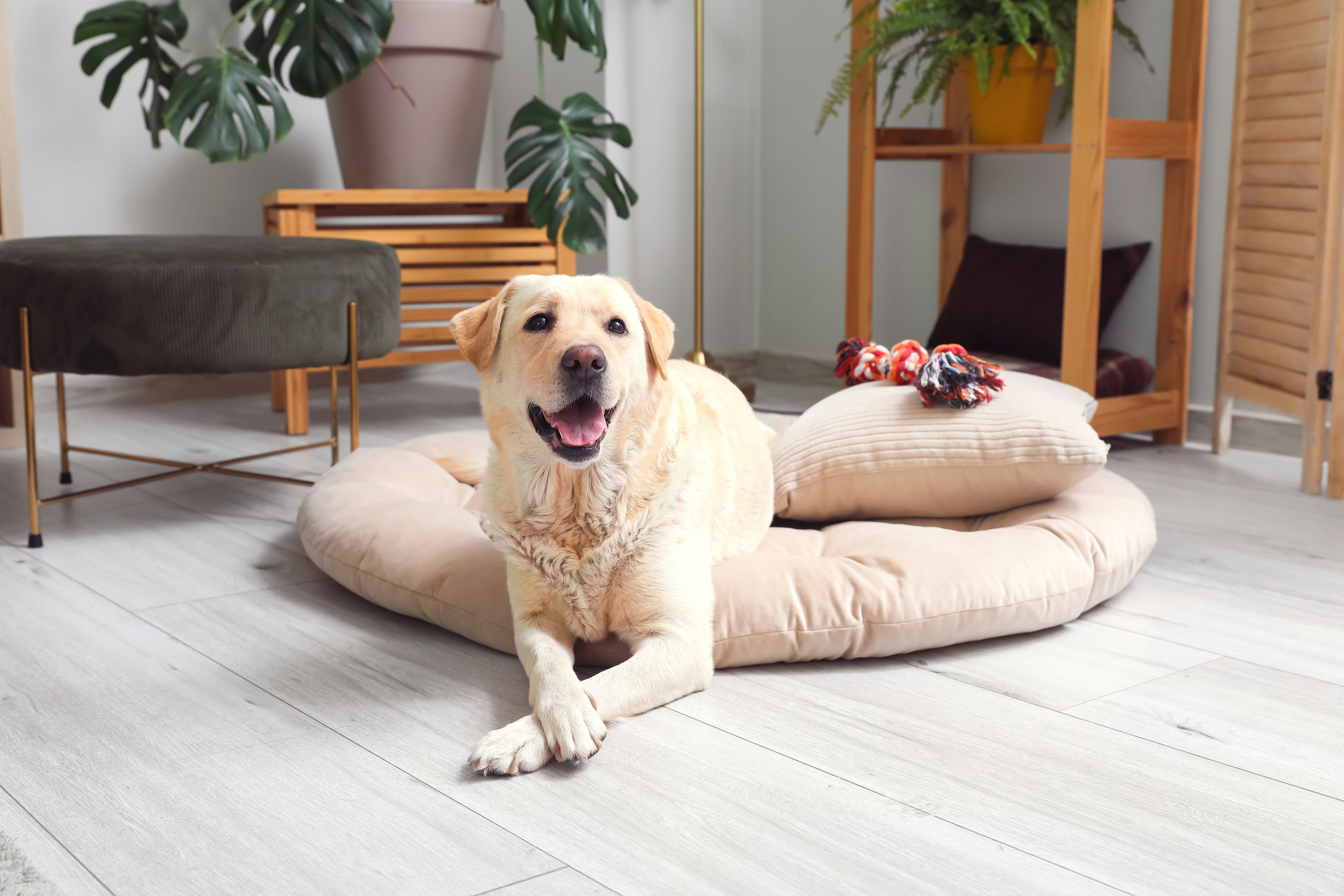
All retrievers are chill and easy-going
Golden Retrievers and Labrador Retrievers are frequently recommended for first-time dog owners or families with kids. They have earned their reputation for being adaptable dogs, but that doesn’t mean you’re guaranteed an "easy" pup.
These breeds often have high energy, especially during adolescence (which behaviorally lasts longer than other breeds), and they can become destructive or hyperactive if under-stimulated. Originally bred to retrieve game, they’re happiest when given tasks—like training games, fetch, or scent work. While they tend to be friendly and trainable, their "easy-going" nature often comes after a year or two of structured exercise, consistent training, and mental enrichment.
Greyhounds need a ton of exercise
Despite their reputation as racing dogs, Greyhounds, like other sight hounds, are sprinters, not endurance athletes. They prefer short bursts of activity followed by long naps. Many retired racers adapt easily to apartment living with two or three short walks a day. An off-lleash area for them to safely run off their short morning “zoomies” is ideal.
Greyhounds also tend to be gentle, quiet, and reserved indoors. Labeling them as "high-energy athletes" does them a disservice and may deter pet parents who would appreciate their laid-back nature.
Terriers are too stubborn to train
Terriers were bred to work independently, often chasing vermin without human direction. This trait can be perceived as stubbornness, but it’s actually a combination of persistence and confidence. That said, it is important to consider a terrier’s tendencies when planning their training sessions.
Training a terrier requires consistency, creativity, and positive reinforcement, not force. They thrive when challenged and given clear structure, and they tend to be “super chewers,” so approved toys for this purpose helps them fulfill their instincts and helps them focus. Far from being "untrainable," many terriers excel in dog sports like agility, Earthdog, and rally obedience.
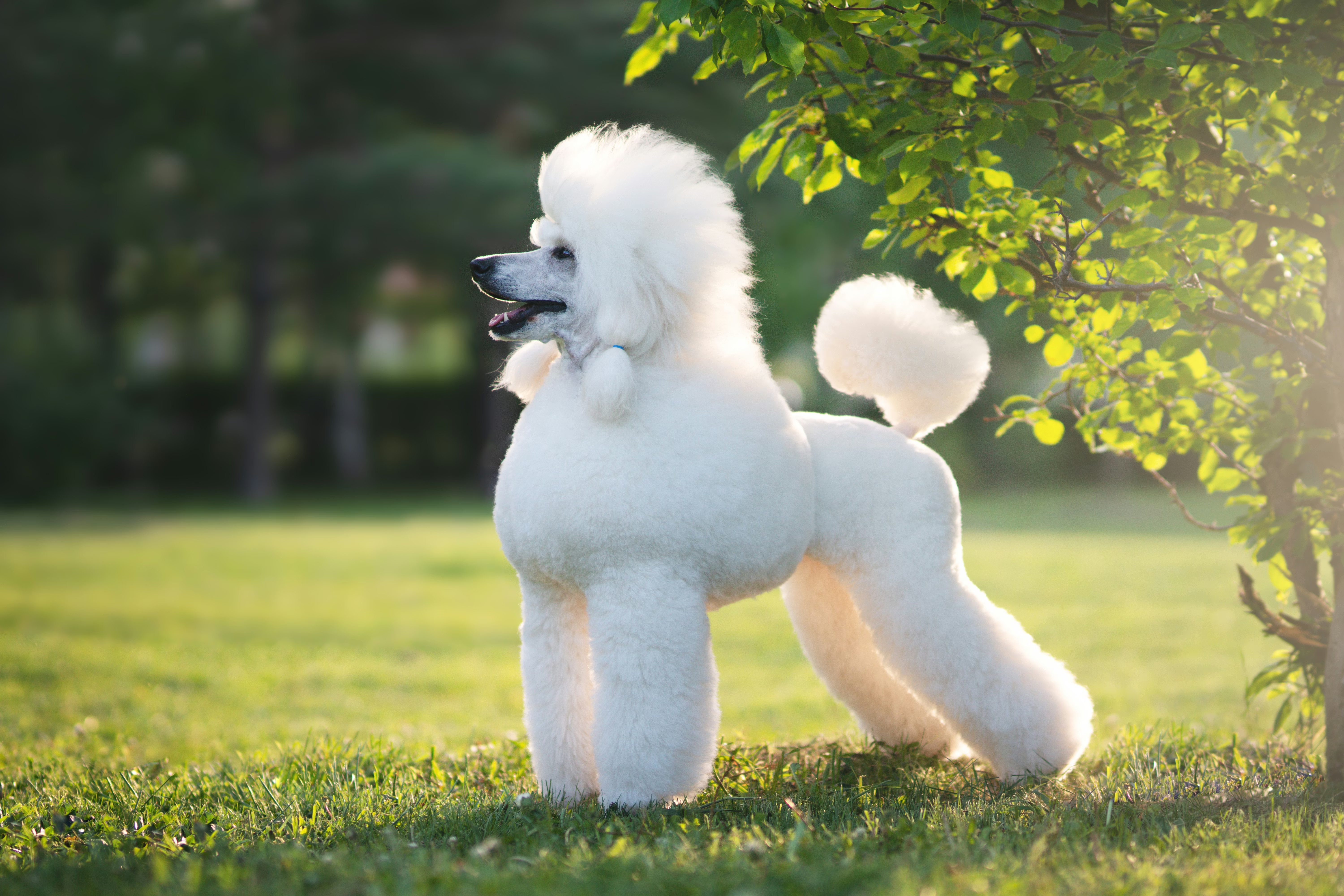
Poodles are fussy or high-maintenance pets
Poodles are sometimes stereotyped as dainty or difficult due to their famous fancy haircuts. However, underneath their stylized appearance lies an intelligent, athletic, and adaptable breed.
Standard Poodles were originally bred as water retrievers, and all sizes—Toy, Miniature, Medium, and Standard—excel in obedience, scent work, and agility. They do require regular grooming, but many pet parents opt for simpler, practical "puppy cuts" over the coiffed look they are known for.
Pit Bulls and other "bully breeds" are inherently aggressive
One prevalent but damaging misconception is that certain breeds—including American Pit Bull Terriers, American Staffordshire Terriers, and other "bully breeds"—are aggressive by nature. In reality, a dog’s behavior is shaped far more by environment, training, early experiences, and individual personality than by breed alone.
It’s also important to keep in mind that all forms of aggression are not the same in a dog’s mind. Some breeds are known for predatory aggression, or instinct to chase and kill prey, and some breeds are more likely to be aggressive toward unfamiliar dogs, but that doesn’t mean they are likely to be aggressive toward people. American Pit Bull Terriers and American Staffordshire Terriers tend to be very people-pleasing if raised in a loving home, and tolerate children’s rough play very well. In fact, they used to be known as “nanny dogs” due to their love of kids. They are, however, very strong and muscular dogs, so can sometimes cause injury by accident if the play gets too rowdy.
Many "bully breeds" are affectionate, eager-to-please dogs that make excellent family companions when raised in loving, structured homes.
Huskies are too wild and crazy to be good pets
With their howling vocals and endless energy, Siberian Huskies often get written off as "too wild" or "too much" for the average home. And it’s true; Huskies are not low-maintenance pets. They were bred to pull sleds long distances across vast Arctic terrain, which means they have incredible stamina, independence, and a strong drive to run and explore.
But calling them crazy doesn’t tell their whole story. Huskies are intelligent, social, and often deeply affectionate with people and other dogs. What they need is structure, consistency, and plenty of physical and mental stimulation. Without those outlets, they may dig, escape, or howl, not because they’re wild, but because they’re under-challenged.
While Huskies may not be the right fit for every household, with the right environment and training, they can be loyal and joyful companions. The key is embracing their high-energy ways instead of fighting them.

Why understanding your dog’s breed matters
Stereotypes can be limiting, but breed knowledge is empowering. Understanding your dog’s breed background gives you insight into their instincts, energy level, health needs, and preferences. For example:
- Knowing that your dog has herding ancestry might explain why they nip at heels or try to direct moving objects. This understanding can help you redirect that energy in a constructive way.
- Recognizing your hound dog’s instinct to track and capture prey can inform the activities you plan for them and help you keep them and other animals safe.
- Identifying breeds prone to separation anxiety can help you tailor their training and support.
But these examples are just a starting point. Every dog is an individual. Their upbringing, experiences, and personality matter just as much as (or more than) their breed.
Want to know your dog even better?
With a Wisdom Panel™ dog DNA test, you can learn your pup’s breed mix, inherited traits, and potential health risks. It’s a powerful tool to help you understand your dog on a whole new level—and meet their unique needs with confidence.

